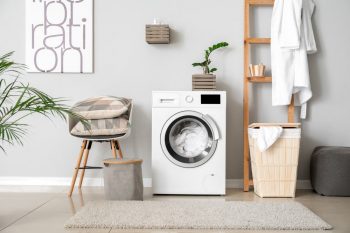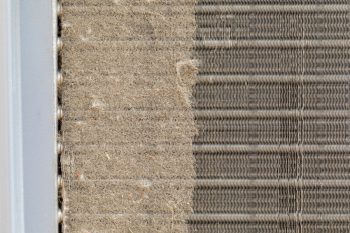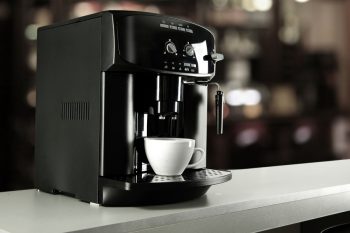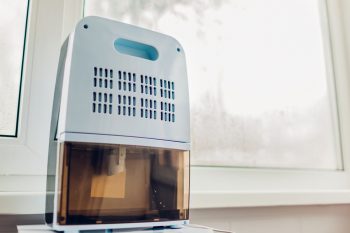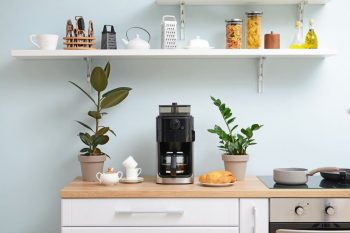
Installing a whole house dehumidifier can significantly improve your home’s overall air quality and create a healthier environment for you and your family. This comprehensive guide will walk you through the process of installing a whole house dehumidifier, from choosing the right unit to maintaining it for optimal performance.
Installing a whole house dehumidifier involves several steps. First, assess your home’s humidity levels and choose the right dehumidifier for your needs. Find an ideal spot for installation and prepare the area. Install the dehumidifier unit, connect the ductwork, install a condensate drain, and connect the electrical wiring. Test the dehumidifier, make necessary adjustments, and conduct regular maintenance for optimal performance. Always consult with a professional HVAC technician to ensure proper installation and compliance with local codes.
Why Install a Whole House Dehumidifier?
Installing a whole house dehumidifier serves several purposes and offers numerous benefits to homeowners. The primary purpose is to remove excess moisture from the air in your home, which increases comfort and reduces the risk of moisture-related issues. High humidity levels can cause paint to bubble, warp furniture, and lead to water damage on walls or floors. Moreover, moist air promotes mold, rot, and fungal growth, which can cause structural damage and unpleasant odors in your home.
A whole house dehumidifier can even improve respiratory health by reducing the aggravation of asthma, allergies, and other respiratory problems. It also helps prevent mold and mildew development, reduces the number of insects in your home, and increases your home’s energy efficiency.
Choosing the Right Dehumidifier
Before purchasing a whole house dehumidifier, several key considerations should be made. These include clarifying your needs, choosing the right type and size of dehumidifier, considering the cost, and understanding the installation process. You should also consider the efficiency, noise, temperature range, warranty, and filters of the dehumidifier.
Installation Process
The installation process for a whole house dehumidifier involves several steps. These include assessing your home’s humidity levels, choosing the right dehumidifier, finding the ideal installation spot, preparing the installation area, installing the dehumidifier unit, connecting the ductwork, installing a condensate drain, connecting the electrical wiring, testing the dehumidifier, and adjusting and maintaining the dehumidifier.
Safety Precautions
During the installation process, homeowners should be aware of several safety precautions. These include using containment barriers, placing drop cloths and tarps, turning off the power, wearing safety glasses and protective clothing, consulting a professional, ensuring proper placement of devices, ensuring proper ventilation, communicating with building occupants, and properly disposing of waste materials.
Troubleshooting and Maintenance
After installation, regular maintenance and troubleshooting are necessary to ensure the dehumidifier’s optimal performance. This includes ensuring proper placement, checking and cleaning the filter, monitoring water levels, cleaning the condensate bucket, inspecting the dehumidifier, and scheduling regular maintenance.
Common issues with dehumidifiers include the dehumidifier not working or turning on, overflowing or leaking, icing up, and having a clogged filter.
Recommended Brands
Some of the recommended brands for whole house dehumidifiers include AprilAire, hOmeLabs, HUMSURE, Honeywell, Santa-Fe, Dri-Eaz, and Waykar.
Installing a whole house dehumidifier can significantly improve your home’s overall air quality. However, it’s always a good idea to consult with a professional HVAC technician to ensure proper installation and compliance with local codes.
Frequently Asked Questions
What is the ideal humidity level for a home?
The ideal indoor humidity level for comfort and health lies between 30% and 50%. When humidity levels exceed this range, it can lead to the problems mentioned above such as mold growth and respiratory issues.
How often should I clean or replace the filter on my dehumidifier?
Typically, filters should be checked every six months and cleaned or replaced as necessary. However, this can vary based on usage and the manufacturer’s recommendations.
What size dehumidifier do I need for my home?
The size of the dehumidifier you need depends on the size of your home and the level of humidity. As a rule of thumb, a 30-pint dehumidifier is suitable for small to medium-sized homes with moderate humidity levels, while a 50-pint dehumidifier is better for larger homes or homes with high humidity levels.
Where is the best place to install a whole house dehumidifier?
The best place to install a whole house dehumidifier is in a central location such as a basement or utility room where it can easily draw in air from all parts of the house.
Can I install a whole house dehumidifier myself, or should I hire a professional?
While it is possible to install a dehumidifier yourself, it’s recommended to hire a professional, especially if you’re not familiar with HVAC systems. A professional can ensure the unit is installed correctly, efficiently, and safely, and in compliance with local building codes.

